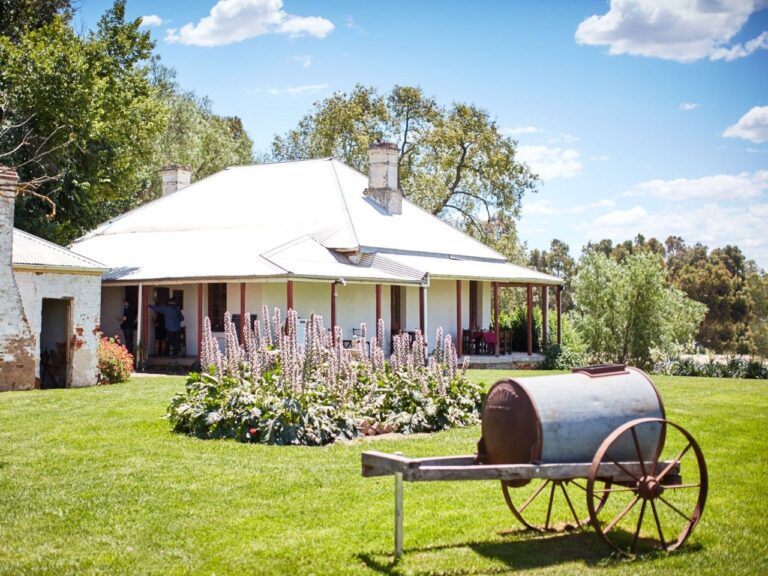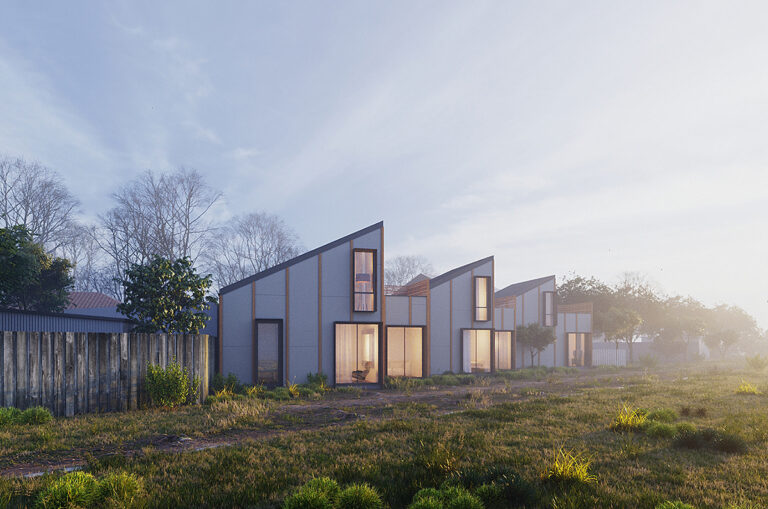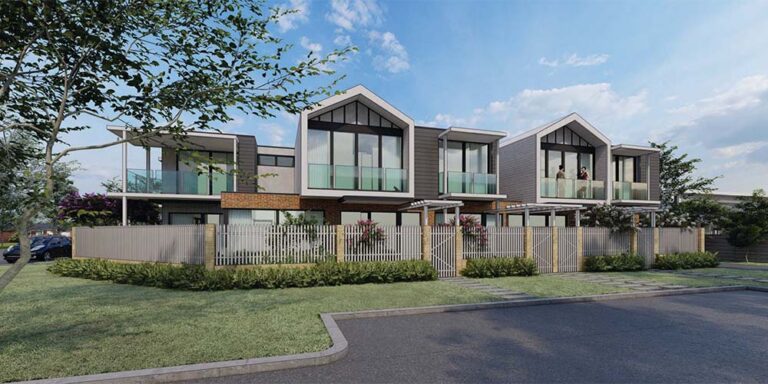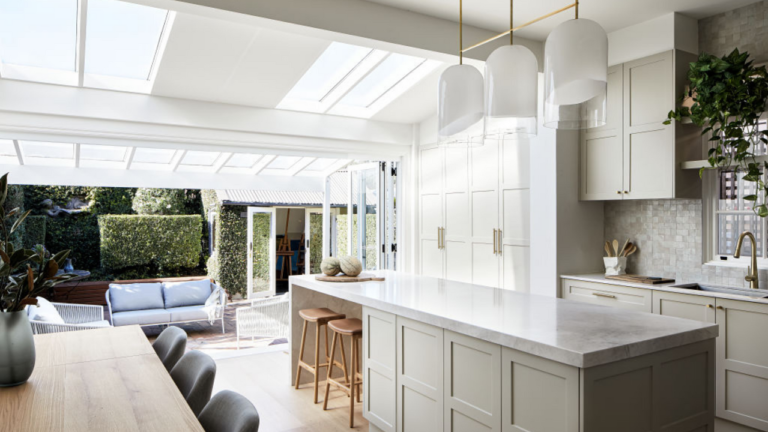The Growing Popularity of Tiny Homes in the Australian Real Estate Market
Australia’s real estate market has been evolving rapidly, and one of the most intriguing trends to emerge in recent years is the growing popularity of tiny homes. These compact, efficient living spaces have captured the imagination of Australians from all walks of life, offering a unique blend of affordability, sustainability, and simplicity. As the demand for traditional housing continues to rise, tiny homes are proving to be a compelling alternative for many.
What Are Tiny Homes?
Tiny homes are typically defined as dwellings that are less than 400 square feet (about 37 square meters) in size. Despite their small footprint, these homes are designed to maximize space and functionality, often featuring innovative storage solutions, multi-purpose furniture, and energy-efficient systems. Whether built on a foundation or on wheels, tiny homes offer a minimalist lifestyle without sacrificing comfort.
The Appeal of Tiny Homes in Australia
Affordability
One of the primary drivers behind the tiny home movement in Australia is the issue of housing affordability. With property prices soaring in major cities like Sydney and Melbourne, many Australians are finding it increasingly difficult to enter the housing market. Tiny homes present a more accessible option, with costs that are a fraction of those associated with traditional houses. This affordability extends beyond the initial purchase, as tiny homes often have lower utility bills, maintenance costs, and property taxes.
Sustainability
Sustainability is another key factor contributing to the rise of tiny homes. Australians are becoming more environmentally conscious, and tiny homes align with this shift in values. These homes require fewer resources to build, consume less energy, and generate less waste than conventional houses. Many tiny homes are also equipped with sustainable features like solar panels, rainwater harvesting systems, and composting toilets, making them an ideal choice for those looking to reduce their environmental footprint.

Lifestyle and Freedom
The tiny home movement is not just about downsizing physically; it’s also about simplifying one’s life. Many Australians are drawn to the idea of living with less, focusing on experiences rather than possessions. Tiny homes offer the freedom to live a more mobile lifestyle, with some opting to place their homes on wheels and travel around the country. This flexibility appeals to retirees, young professionals, and even families who prioritize lifestyle over square footage.
Zoning and Regulation Changes
In response to the growing interest in tiny homes, some Australian states and local councils have begun to amend zoning laws and building codes to accommodate these unique dwellings. For instance, New South Wales has introduced the SEPP (State Environmental Planning Policy) which allows for the construction of tiny homes on residential properties under certain conditions. As regulations continue to evolve, it’s likely that the tiny home market will expand even further.
The rise of tiny homes in the Australian real estate market reflects broader trends towards affordability, sustainability, and a desire for simpler living. While still a niche segment, the popularity of tiny homes is steadily increasing, offering a viable and attractive alternative to traditional housing. As more Australians embrace the tiny home lifestyle, it’s likely that this trend will continue to shape the future of the nation’s housing landscape.
Whether you’re considering a tiny home as a permanent residence, a holiday retreat, or an investment property, it’s clear that these small but mighty homes are making a big impact on the Australian real estate market.







